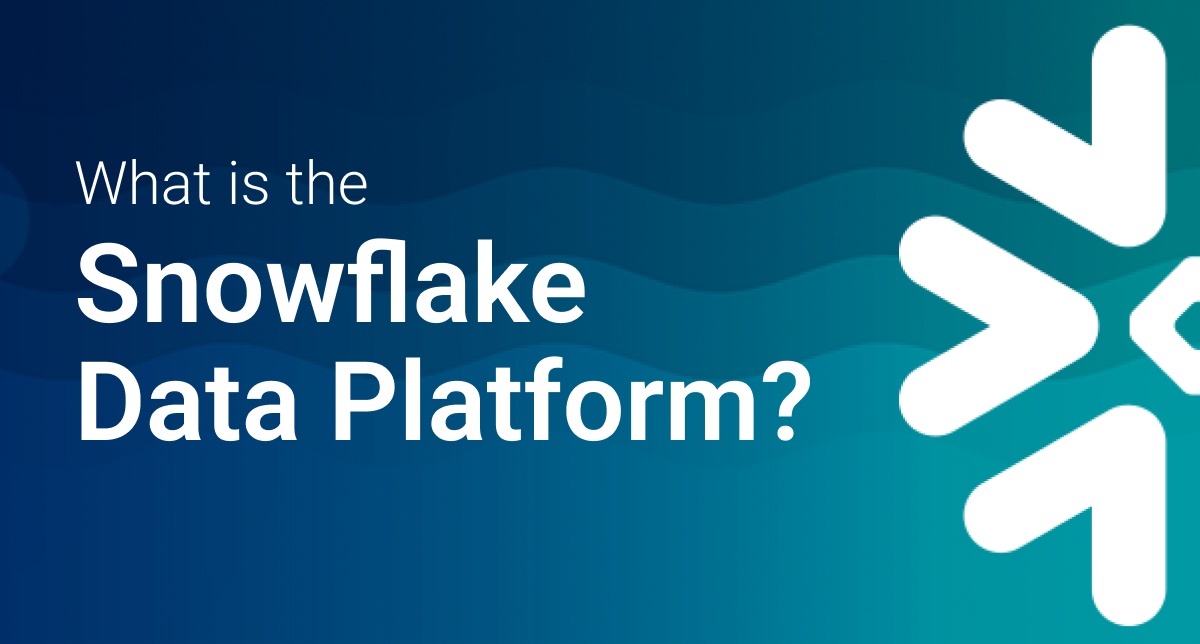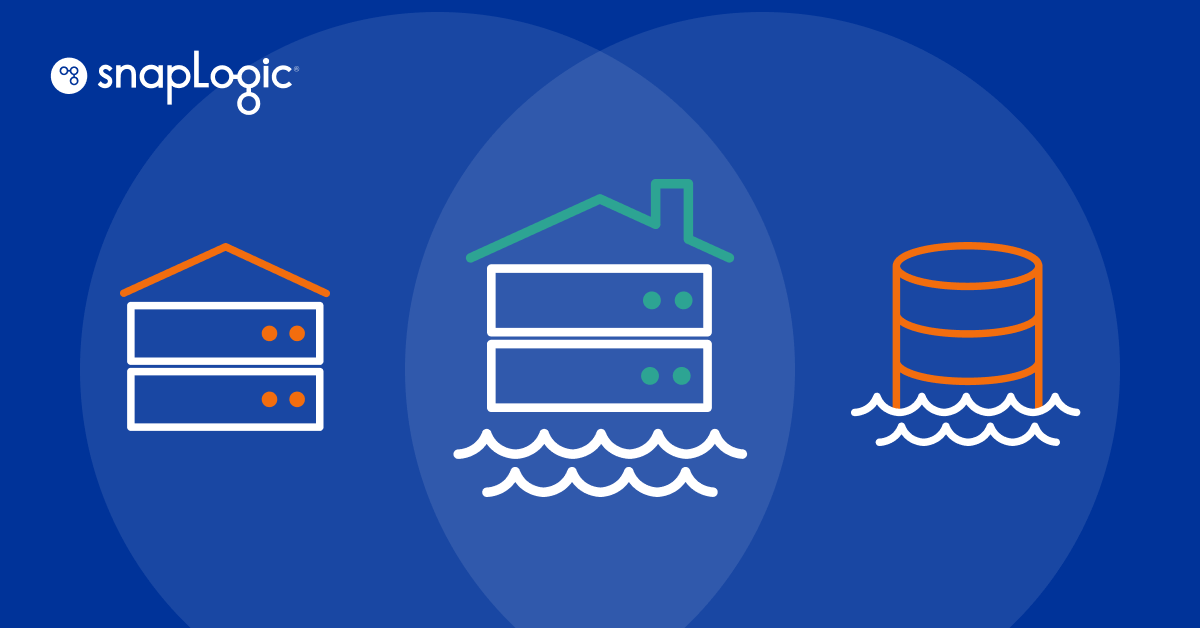Organizations are competing more than ever based on how they engage with customers. It’s become a vital part of the enterprise digital transformation agenda. Yet in the rush, integration, a foundational element, is often overlooked in the haste to deploy new digital customer applications and experiences. McKinsey recently observed that “Integrating new processes with legacy systems in a cost-efficient way is a challenge most companies face when they digitize their customer. [1]
Why does it matter, and why is it such a big obstacle anyway?
The problem is that a lack of data integration best practices can quickly become transparent to customers. In retail, lack of strong integration between an e-commerce system and the CRM or ERP can result in website ordering, pricing, or shopping cart issues that aren’t visible to customer service. This lack of integration often results in customer frustration or a lost sale. In B2B, poor integration between the CRM and ERP can also lead to incorrectly rekeyed customer or order information, resulting in downstream invoicing issues.
But why is it so hard to pull together more integrated customer processes and a set of data integration best practices? Because there are just so many applications within the enterprise that manage a part of the customer process.
For example, a recent study by Ventana Research on customer analytics found that 40 percent of respondents worked with 14 different types of data across at least 6 different systems to derive customer insight. [2]
Five key strategies to connect and elevate your customer experience
With integration being the biggest barrier, let’s look at five strategies key to connecting and elevating the customer experience, some of which focus on and revolve around data integration best practices.
- Start with analytics, grow to experience
Why this sequencing? Simply, we have to start somewhere in order to measure key metrics, since only things measured can be improved. Getting a clear 360-degree view of the customer – with metrics around customer satisfaction, engagement, churn, and acquisition – provides the blueprint for targeting the best opportunities to upgrade customer experience.
- Put customer experts in control
Who better than the sales or service team to put themselves in the customer’s shoes? Often analytics projects can quickly become an IT-led project. While IT has an incredibly important role to play, in governance and ensuring the efficient use of technology, experts in the lines of business should be enabled to connect the dots themselves.
- Customer experience is a team sport – get collaborative
The chances are one of your customer process steps will likely depend on another team’s app. Or the data needed for your analytics project will be within another team’s control. With so much cross-departmental integration, ensure different teams are using the same integration platform to maximize reuse.
- Plan to keep pace with customer touchpoint variety
Having to perform hand-coded API integrations or costly custom integrations just to keep pace is a sure way to drain budgets. One particular data integration best practice is to ensure your integration platform connects with your current apps, whether you’re running Salesforce, NetSuite, SAP, Oracle, or any other app, as well as the ones you plan to use in the future, without requiring having to build connectivity.
- Customer data is your fastest growing asset – prepare to scale
There’s often no faster growing asset in the enterprise than customer data. And not just data, the sheer number of workflows around customer experience are set to skyrocket. Choose an integration platform that’ll keep pace. Because being forced to switch customer integration platforms later can quickly put the brakes on a customer experience initiative.
Set the foundation for customer experience success
To learn how to design your integration strategy to enable success with your customer initiatives, watch our webcast, “Data integration best practices in the age of the digital customer experience,” featuring Michele Goetz, Principal Analyst, Forrester Research Inc, and Ravi Dharnikota, Chief Enterprise Architect, SnapLogic. You’ll take away actionable insights for ensuring your organization’s data integration best practices are optimized for the digital customer.
[1] “Digitizing customer journeys and processes: Stories from the front lines,” McKinsey, May 2017.
[2] “The Next Generation of Customer Analytics,” Ventana Research, February 2014.









